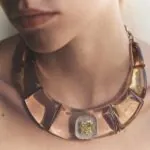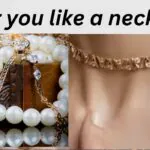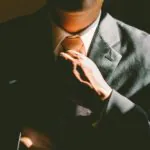The nineteenth century saw the establishment of fashion magazines. They helped women escape from their daily lives by focusing on clothes. The gowns depicted on the covers of these magazines reminded readers of Victorian attire.
Nowadays, clothing magazines are able to reach their audience through platforms like Instagram and Facebook. This helps them increase their subscriber base. It also allows them to reach customers in a more efficient manner.
Harper’s Bazaar
Originally founded by the Harper brothers as book publishers, Harper & Brothers launched Bazaar (then spelled without the double “a”) in 1867. It was the first magazine to focus on fashion, and quickly became a repository of style, pleasure, and instruction.
Mary Louise Booth, the magazine’s founding editor, wanted Bazaar to appeal to women of “aim and taste”. She believed that a woman who embraced progressive ideas could also be fashionable, and thus be a model for others.
She brought on the visionary art director Alexey Brodovitch, who created some of the most iconic fashion shoots of the 20th century. He would go on to work with legendary photographers such as Richard Avedon and Diana Vreeland. Hearst’s decision to hire Nonnie Moore as the magazine’s fashion editor in 1980 proved to be another wise move. She brought a youthful energy to the publication, and her “fiercely feminine point of view” revitalized it. The New York Times noted that Bazaar had been looking a little dowdy, and Moore’s fresh vision “sharpened the Bazaar.” She was also the editor-in-chief for Mademoiselle from 1985 until her death in 2007. She was 83.
Elle
Founded in 1945, Elle is the world’s number one fashion magazine. Its founder, Helene Lazareff, wanted to create a magazine that would open women’s minds to different trends and styles around the world. She believed that a woman’s style was more than just her clothes. It was her personality and convictions. She also sought to capture the sense of irony in seriousness and frivolity in seriousness.
The fashion magazine’s editorial content is both polished and thought-provoking, with articles on culture, society, and lifestyle. It is considered one of the most sophisticated magazines in the world and has local editions in 44 countries.
Recently, the magazine celebrated its 75th anniversary with a charity dinner and auction at the Belodore boutique in Paris. The evening was attended by a host of celebrities and guests, including Isabelle Huppert, who looked stunning in a white Rodarte lace sheath dress with ribbon details and a lace-trimmed hem. She wore her platinum blonde hair straight with a middle part and accentuated her look with a swirl of pink blush and a swipe of rose-tinted lip gloss.
Business of Fashion
Business of Fashion (BoF) is a modern media company and the authoritative voice of the $2.5 trillion global fashion industry. Its journalism is rooted in balanced reporting, fairness and integrity. Its platform leverages a network of savvy writers and fashion insiders in style capitals worldwide. It also hosts the annual BoF 500 ranking of the world’s most important people in fashion, and runs a global jobs marketplace called BoF Careers.
Fashion executives are looking at a turbulent year ahead as they grapple with inflation and rising costs. Many expect that the soaring price of cotton and cashmere will undermine sales forecasts. Others are battling shortages of products and resources, which can destabilize operations and boost reputational risk. Against this backdrop, smart brands are finding ways to align product offerings with customer demand and shift toward a more sustainable future. In the process, they are accelerating their pace of innovation to meet consumer expectations. This is particularly true of digitally native brands with direct to consumer models like Boohoo, Bonobos, MM. LaFleur, and Everlane.






Comments closed.